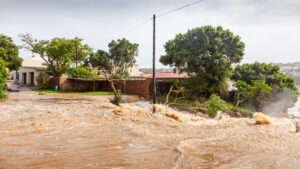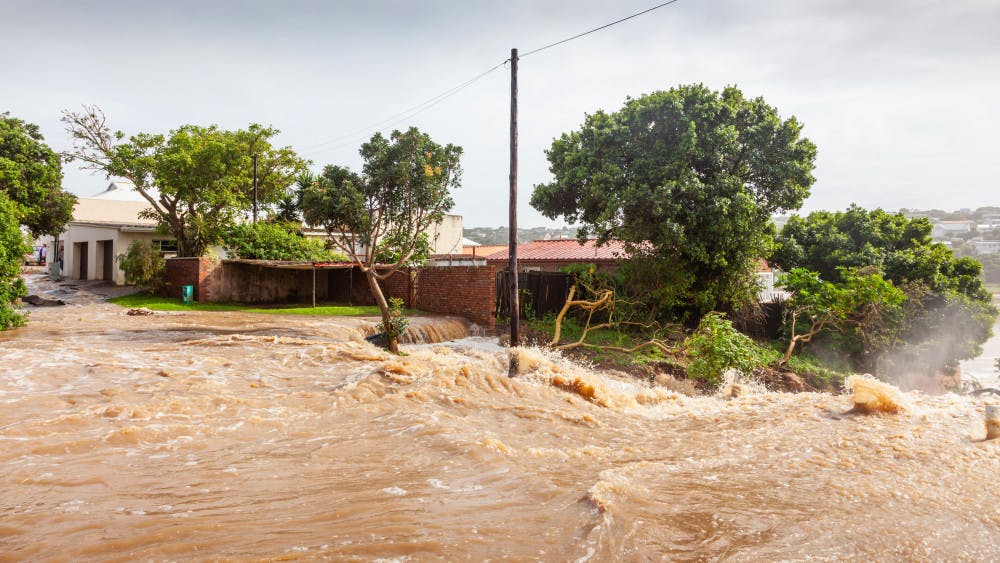By Jahnvi Upreti
Staff Writer
The death toll of individuals across Nepal, Bangladesh and India continue to rise over 1,200 as the region faces its worst flooding in decades, The Independent reported.
Though the region is accustomed to heavy rainfall in August, the annual monsoon season in South Asia this summer was worse than expected with massive landslides and floods that decimated the area, according to The Independent.
In addition, severe storms contributed to the massive rainfall, according to CNN. It was a consequence that couldn’t have been predicted ahead of time, Ram Krishna Subedi, a Nepal Home Ministry spokesman, told CNN.

The floods resulted in widespread losses of life, crops, livestock and homes, consequently leading to long term unstable housing and economic situations for millions across the three countries, according to The Independent.
“The loss of livestock is heartbreaking enough … but the morning after a flood, there is no clean water to drink. Mobile services and transport shut down. In some parts of Assam, (India), floodwaters don’t recede for as many as two months,” Rajdeep Bora, a 29-year-old farmer from Northeast India, told NPR.
U.N. agencies are rushing to the affected regions to try and rescue as many as possible, and have established about 2,000 relief camps so far, according to NPR.
Rescue agencies are having great difficulty accessing dry land in rural areas in Nepal, India and Bangladesh.
“Entire communities have been cut off,” said Jagan Chapagain, the under secretary-general for programs and operations for the International Federation of Red Cross, according to CNN. “The only way to get aid to some of these villages is by boat and many are running out of food. The situation is going from bad to worse.”
NPR reported that Nepal, India and Bangladesh will be facing long term food insecurity, meaning millions of individuals will have little to no access to sustainable and healthy foods, according to the United Nation’s Long Term Food Program.
The floods have been receiving little to no attention or support from the United States, where inhabitants are still reeling from Hurricane Harvey and now Hurricane Irma.
However, Jono Anzalone, the vice president of international services for the American Red Cross, distinguished between the natural disasters: “If you compare the shelter conditions in Bangladesh to Texas, as dire as the condition may seem in Texas, typically, we would at least have safe structures on safe ground — not in flood plains,” according to NPR.
Anzalone further compared the disaster response systems.
“When people look at the U.S. response system, we have a very mature federal disaster response system,” he said. “You don’t see that in Nepal, Bangladesh or India. In Nepal and Bangladesh, the government simply doesn’t have the resources.”
The Scottish government has donated £300,000, equating to almost $400,000, from their Humanitarian Emergency Fund towards South Asian relief efforts, according to the Sunday Post.
At a panel in Scotland following the announcement of this relief aid, Angus Nelson of Oxfam Scotland said to the Sunday Post, “Given the enormous level of need created by the widespread flooding, it is essential for rich countries like Scotland to show leadership by supporting the humanitarian response.”
The devastation caused by the severe floods in South Asia will impact the struggle of governments and individuals to stabilize before next year’s impending annual monsoon.







